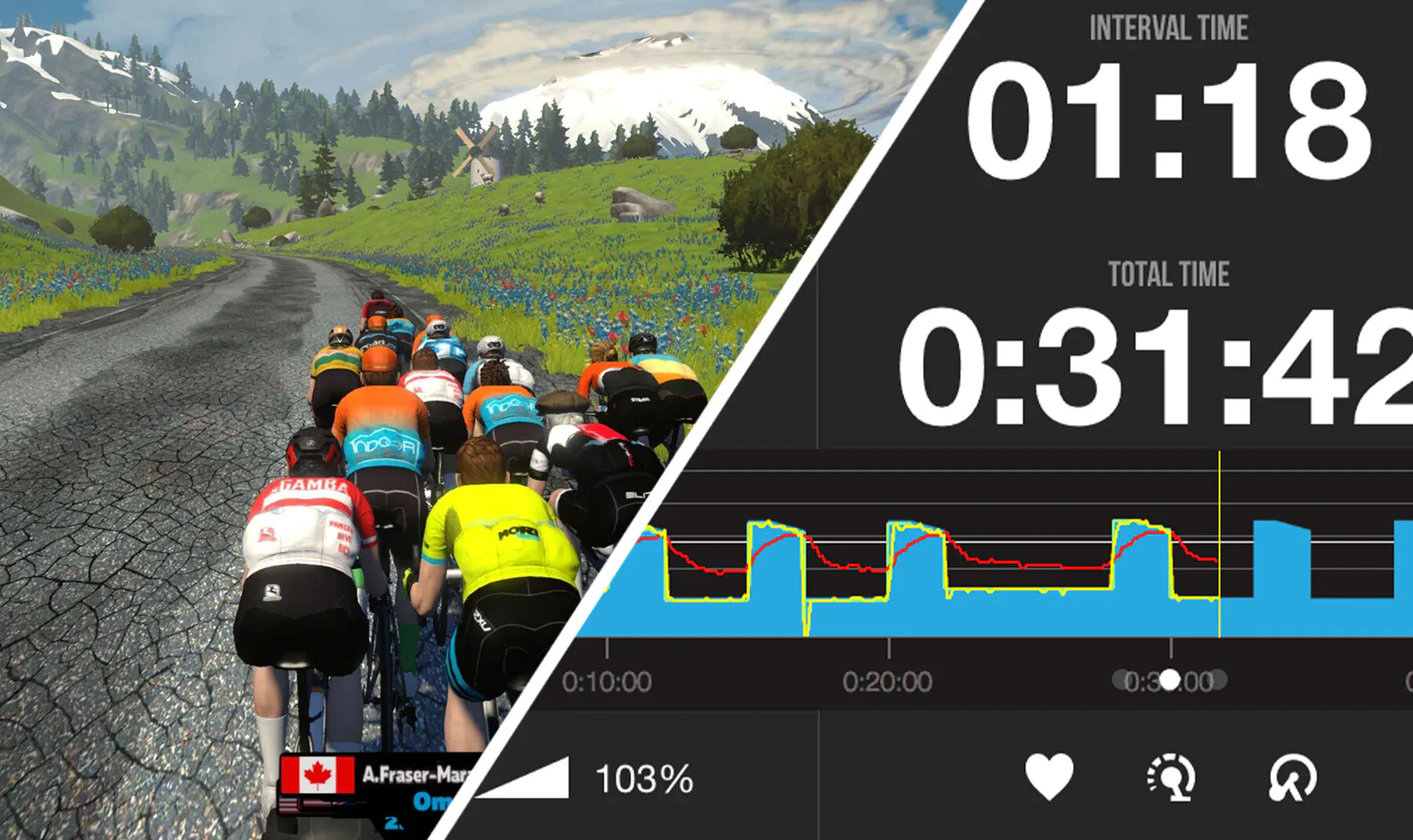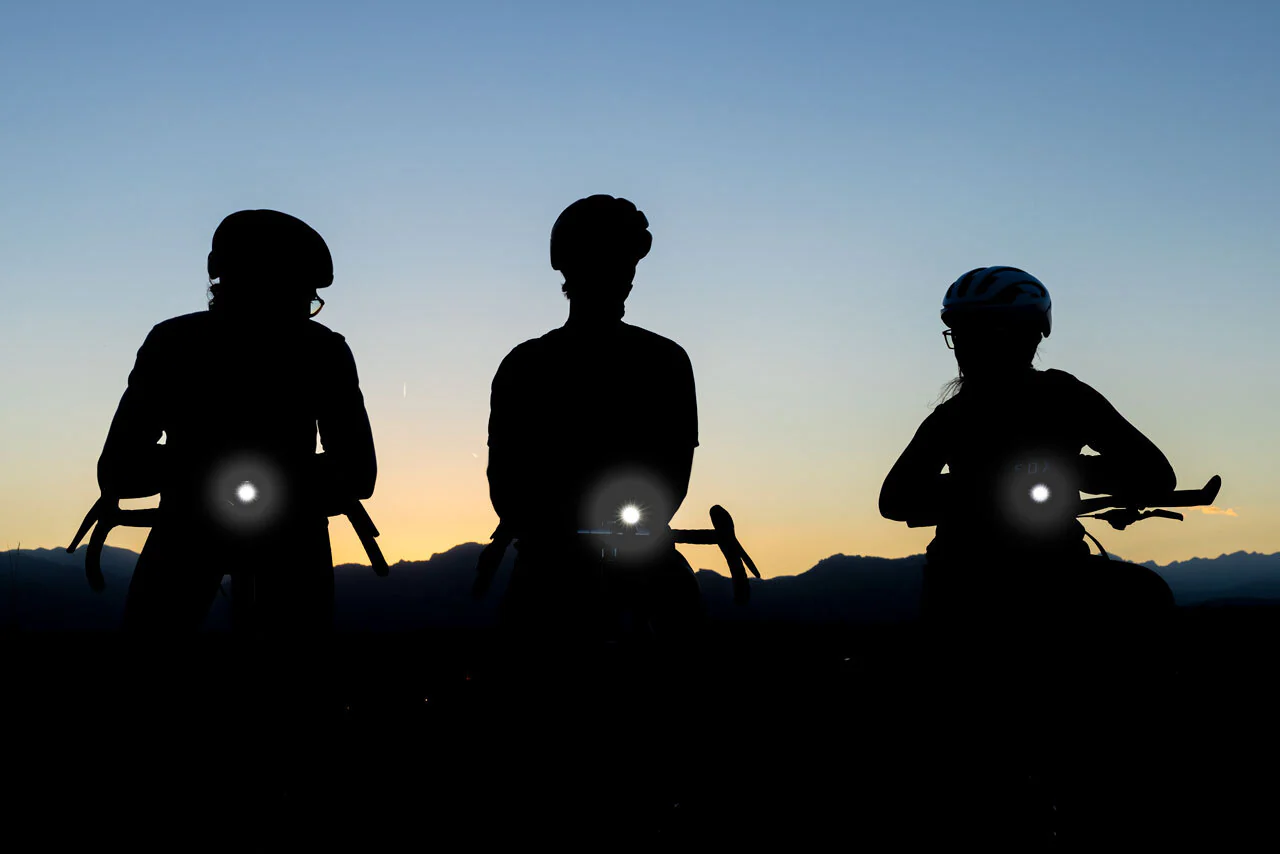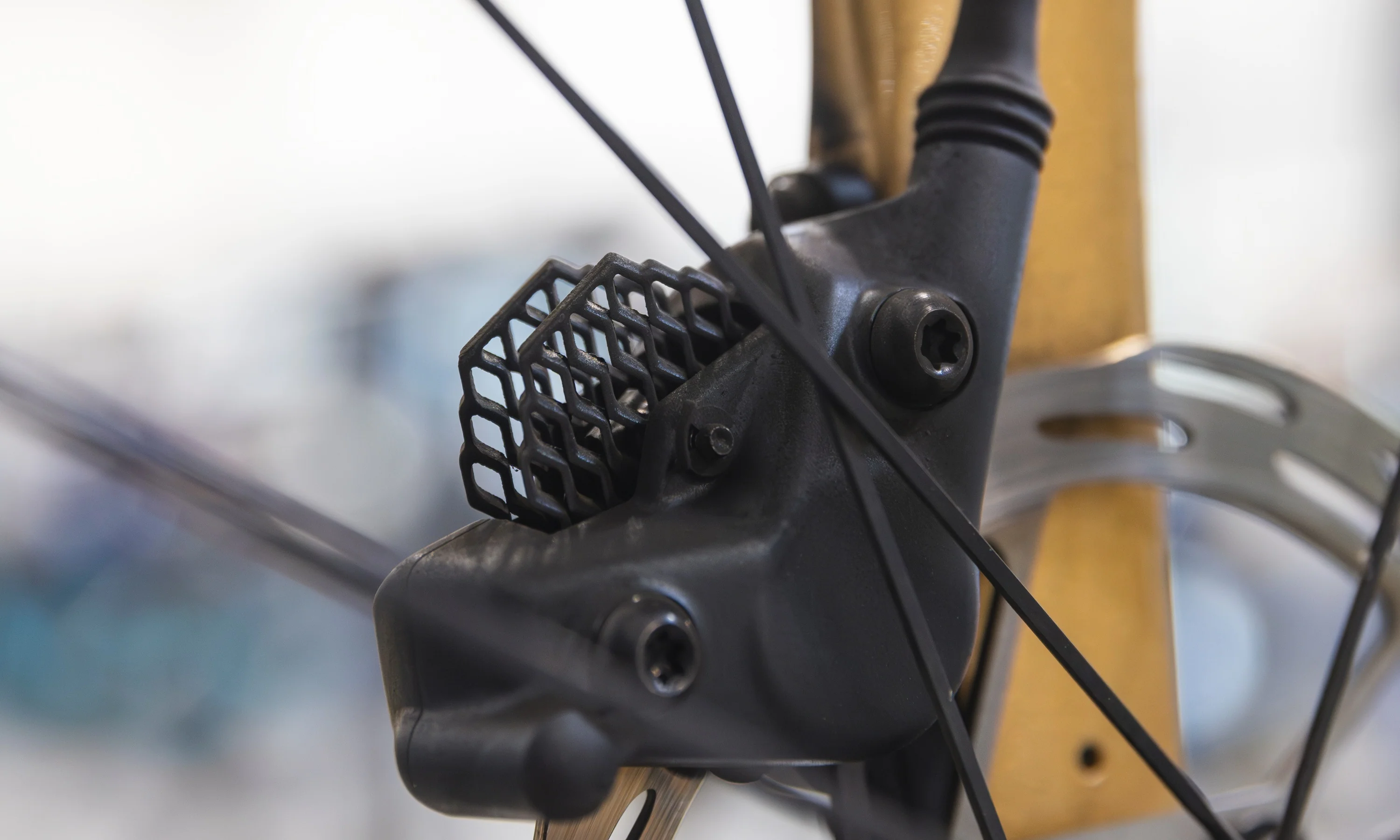
Show up to a triathlon event or simply shop around on The Pro’s Closet and you’re bound to see some unusual bikes — bikes that look like they’re from the future, no matter what year it is. What the heck is going on here?
What is a non-double-diamond triathlon bike?
The tubes of a traditional bike essentially form two diamond shapes. So any frame shape that varies from this, is called a non-double-diamond (NDD) frame, and that is the sort of thing that stands out in a crowd.
Most bicycles looked about the same for a very long time. Then came the 1990s. In a decade that brought us flared jeans and big bangs, bike design also got a bit extreme. Most notably, advances in carbon fiber manufacturing allowed for non-traditional designs, such as the beam bike and other NDD shapes.
Softride created the very first beam bike in 1989, incorporating flex to reduce road vibrations. But it was a little too much movement, and riders complained the bikes were inefficient and even bouncy while pedaling, especially on climbs.
The bikes were refined and improved. A few years later, NDD bikes and Softride made a huge breakthrough at the Ironman World Championship in Kona, Hawai’i. Greg Welch won Ironman World Championships in 1994 on a Softride beam bike. He swore it was one of the keys to his success. Sure enough, a year later, NDD bikes were hugely popular at Ironman Kona, especially because of the perceived aerodynamic benefits.
But then things got complicated. Cycling's pro governing body, the UCI, banned NDD frames in 1999. For the next decade, bike brands were less inclined to make these bikes because they'd have limited appeal beyond triathlon. Only a few niche brands continued to produce NDD bikes and frames.
Fortunately for triathletes who like to ride something a little different, more NDD triathlon bikes have become available in the last 10 years or so. This is likely due to easier access to Asian carbon fiber manufacturing facilities.
Today, there are essentially two styles of NDD bikes: Beam bikes and “Lotus” bikes. The first design we know and love from Softride's pioneering days, although now the beam doesn't really flex. The latter is named in honor of the Lotus Sport monocoque bike, which had no down tube and is the archetype of many NDD designs today. Basically the choice comes down to a bike that has no seat tube or seat stays (beam bike) or one without a down tube (Lotus bike).
Why ride an NDD bike?
NDD bikes are generally more aerodynamic, which is key in triathlon, which does not allow drafting (outside of pro Olympic-distance events). The beam design completely omits the seat tube and seat stays, which means less surface area, thus less air resistance. The same goes for a Lotus bike, which has no down tube.
Several wind tunnel tests have concluded that NDD bikes tend to be slightly more aerodynamic and faster. The creators of the Dimond beam bike, David Morse, who had previously worked on Zipp’s advanced engineering team, and former Ironman pro T.J. Tollakson, created a modern take on a beam with a goal of making it functionally equivalent to other top tri bikes, just faster. They created their own wind tunnel tests and found that the Dimond beam bike was significantly more aerodynamic than non-beam bikes tested in the same tunnel.
One potential drawback is that once you start eliminating tubes and surface area, there are fewer options for hydration and storage. On the Dimond, there aren’t any bottle mounts at all. All nutrition and hydration storage must be carried by aftermarket systems. Often, the best place to carry water is with a rear mount (behind the seat), and under the aero bars. This keeps the bike streamlined, after all, what's the point of an NDD bike if it's not aero?
Today’s NDD bikes
Ventum One
This Lotus frame is a great option for a variety of athletes. It comes with a built-in 1.4 liter hydration storage that’s integrated into the top tube for maximized aerodynamic performance. A hydration tube attaches to the aero bars with removable magnets. This bike comes with Shimano Dura-Ace Di2 and hassle-free Shimano Dura-Ace clincher wheels.
Dimond Brilliant
Perhaps the most extreme looking frame out there, the Brilliant stays true to the tradition of beam bikes, which gives the look of a rider simply floating. Dimond’s unique shape eliminates the seat tube entirely, and all other surfaces are streamlined for the highest level of aerodynamics possible. It’s also set up with a 1X, so your only option is to keep cranking fast.
Cervélo P3x
Cervélo set out to make an NDD bike that actually works better when loaded down with all the necessary triathlon accessories, hydration, and nutrition. This bike is made to go fast at the highest level of racing. It comes with DT Swiss ARC 1450 wheels and Shimano Ultegra Di2 group. It also comes as a disc-brake-only setup. Cervélo created this bike for fast descents in the aero bars, excellent handling around corners, and responsiveness when standing to take on short climbs.
Conclusion
There are a lot of triathlon bikes out there these days, so why pick one that looks so different? For one, NDD bikes were designed to be more aerodynamic by completely eliminating surface area. There’s no denying that less surface area means less drag, which hopefully means a faster bike leg. If you’re looking to invest in a tri bike, and have never ridden an NDD, it’s worth testing one (or a few) to make sure they're the right fit. You might be surprised to find they feel just like any other tri bike — solid and stable — but a little smoother. Plus, they’re so different looking that you’ll stand out, and that’s never a bad thing!




























